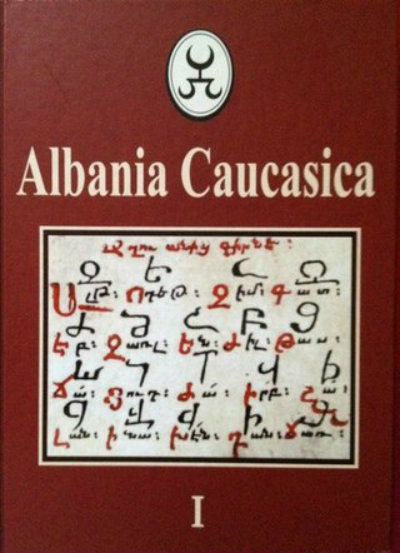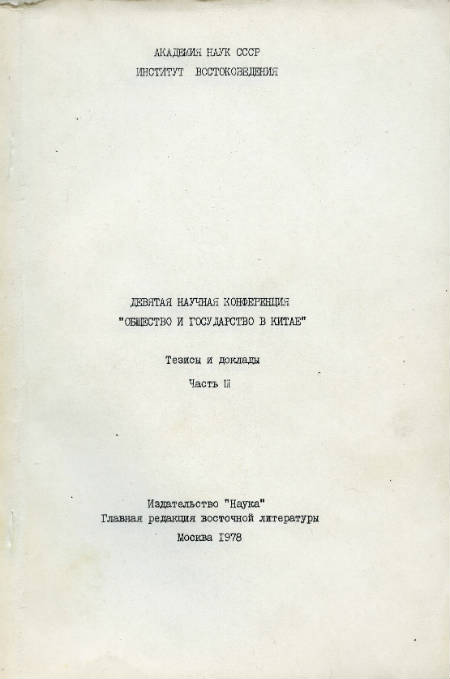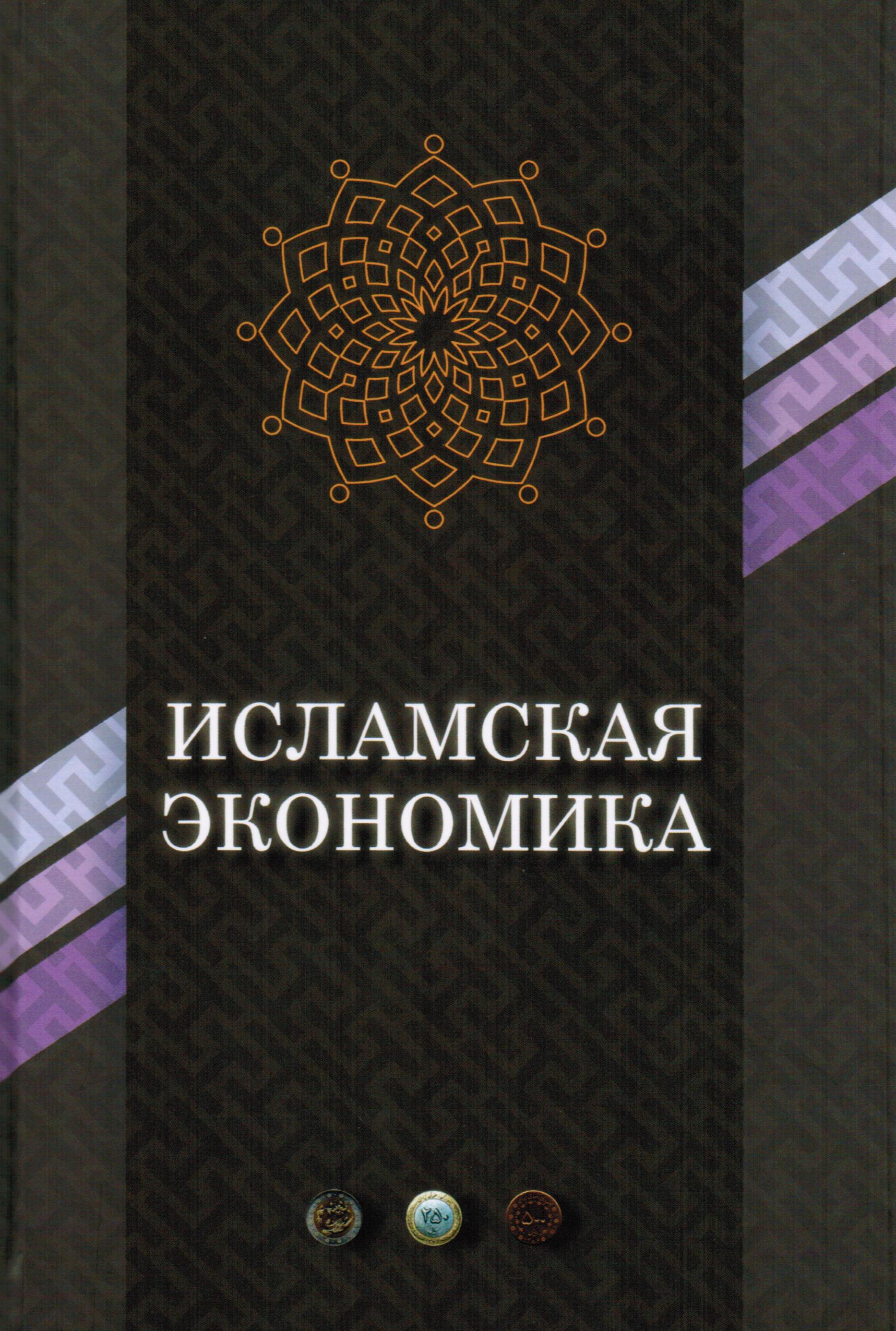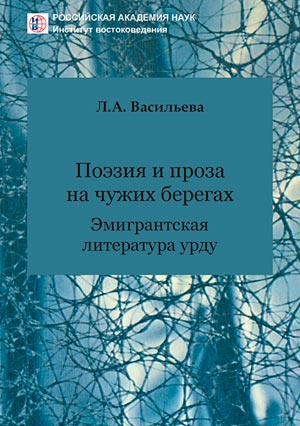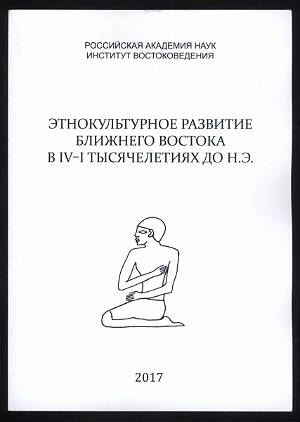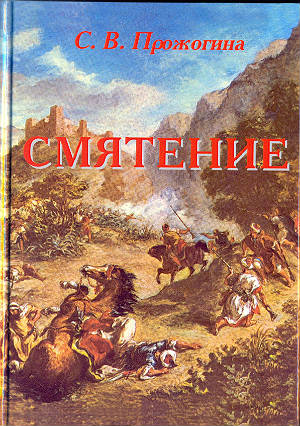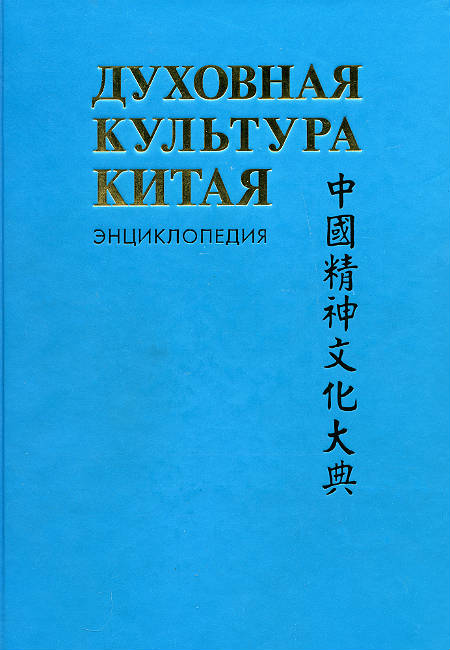Книга
Мусульмане Северного Кавказа: обычай, право, насилие
(очерки по истории и этнографии права Нагорного Дагестана)
М.: Восточная литература, 2002, 368 стр.
ISBN: 5-02-018166-8
Custom, Law and Violence Among the North Caucasian Muslims (studies in history and ethnography of law in Highland Dagestan)
This book is about crime and punishment as they were under-stood, practized and regulated by Muslim peasants of Highland Dagestan in the period from the 1860s to the 2000s. It focuses on the cross-cultural encounter of legal customs ('adat), Shari'a and Russian (so imperial as socialist) laws and judicial practices at the level of a village community (jama'at). Using largely untapped archival records in Arabic, Russian and Caucasian languages, unpublished administrative reports, the provincial press and scholarly works, as well as his own fielddata collected in 1992–2001, the author demonstrates how the Muslim social and legal ‘traditions’ were ‘invented’, changed and accommodated to purposes of the modern centralized state-building by local Muslim officials, Russian lawmakers and ethnographers of the late imperial and socialist times.
The Dagestani case of the Islamic legal transformation sheds light on main topics in history of the North Caucasus engendered by colonial and socialist integration of the region with the Russian state, such as appearance of the abrek banditry, introduction of the Shari‘a norms into local customs, Shamil’s legal reform, con-struction of the so-called ‘military native administration’ (voenno-narodnoe upravlenie) in the late imperial Russia, Shari‘a movement of the first Soviet decade, the process of museumizing local cultures started in the 1930s, ‘Islamic revival’ and Shari‘a courts in the post-socialist decade etc. It also offers particular in-sight into the relationships between ethnography and modern re-forms, as well as the emergence of modern hybrid societies in different Muslim countries in both colonial and socialist contexts.
There are three parts in this monograph. The first one discusses a quasi-traditional phenomenon of abrek banditry in the 19th and 20th century North Caucasus. It emerged in a context of, though in reaction to, the Russian conquest. Paradoxically, the more the colonial state ‘pacified’ Muslim highlanders, the more it stipulated the growth of modern criminal practices among them. This process was associated with criminalization of the pre-modern legal culture. After the Russian conquest blood revenge, ishkil or baranta (capture of the debtor’s property), punitive raids and some other local customs were defined and settled by imperial law as serious crimes. Independent (nemirnye) chieftains of highlanders, as well as some members of former military associations of the village youths became outlaws or abreks.
The cultural meaning of violence practices and the role of their actors much changed under the colonial rule. Blood feud and military raids still produced jigits, highland folk heroes, only now these heroes were bandits. Highlanders who committed murders, thefts or any other criminal activities against the Russian administration and its Muslim supporters were resisting the Russian rule by ignoring laws that criminalized blood revenge, ishkil and other local practices. Changes in social relationships which concerned the violence activities were reflected in the cultural odyssey of the notion of abrek. In the pre-colonial period it had referred to a free stranger expelled from his native community for the blood revenge. By the turn of the 20th century it became the synonym of a noble and pious bandit.
Semantically, violence practices of the highlanders were colonized by imperial image-makers and the term abrek every Muslim highlander used to referred to by as criminal. By the mid-19th century a discourse on Muslim banditry (khichshnichestvo) had been formed. It dominated the public mind of both colonizers and colonized peoples up to the late 20th century. This discourse much influenced ‘pacification’ activities of the state powers in different Muslim peripheries of the late imperial and socialist Russia. In reality, abrek banditry was generally suppressed by regular Russian army but then it arose again in periods of degradation of the central state. The peaks of the movements are marked by the great Caucasian war and the 1877 revolt in Dagestan and Chechnya, the 1905 Russian Revolution, the Civil war of 1918–1920, the World War II, and at last by the two recent Russian-Chechen wars in the 1990s.
The second and the third parts of the book deal with the development of judicious practices of Muslim villagers incorporated in social and legal networks of the Shamil’s state, imperial, socialist and post-socialist Russia. They look in particular at the language, procedures and cultural meanings of law. The second part begins with an outline of the medieval history of the Dagestani village courts of the customary and Islamic laws basing on unique materials of the Arabic epigraphics and paleography dating back to the 14th - 18th centuries. The author’s methodology is based on a well-known approach of legal pluralism which was fruitfully applied in a a great deal of anthropological and historical studies including some works related to the Islamic law. Such an approach gives a deeper awareness of a complicated network of legal customs (‘adat), Shari‘a and state laws that operated in the Dagestani village before and after modern legal reforms.
The focus of the last two parts of the study is made on the semi-autonomous social field of a village community. From the mid-19th century it was an object of anthropology and, at the same time, of anthropologically influenced state reformers. Orientalist approaches of the Russian ethnographers who used to consider the North Caucasus ‘a wild Islamic periphery of the civilized world’ much influenced a series of reforms started in the mid-19th century and continued under the Soviet rule. A comparative analysis of the regime of ‘military people’s administration’ established in Dagestan in the 1860s and that of the ‘Arabic bureaux’ in Algeria after its French occupation demonstrates striking similarities in colonial policies toward the Islamic and customary law as they were applied in the greatest colonial empires of the 19th century. Some parallels in the system of law and order might well be seen between the Russian North Caucasus and British India. This made the author to look not so much at village communities surviving under colonial state but at ones constituted through state reforms.
The discourse on Islamic wildness in the North Caucasus changed under the Soviet rule. Late imperial reformers of the Muslim village community attempted to civilize highlanders by eradicating their backward and primitive customs. They considered Islamic law as a natural antagonist of the Russian state. After the Caucasian wars of the 19th century, the possibility of Islamic uprisings haunted the mind of top-level state officials such as S.M. Dukhovsky, Governor-General of the Turkestan Province, or K.P. Pobedonostsev, Procurator-General of the Saint Synod. This fear led the state to restrict the use of Shari‘a norms for Russia’s Muslims and to keep Muslim clergy of the North Caucasus under tight control. In turn, Soviet lawmakers tried to destroy the tsarist administrative system. They supported the socialist discourse on Shari‘a.
Public debates on and attempts at introducing Islamic law have become characteristic of post-Soviet Muslim and non-Muslim areas, and are especially vivid in the North Caucasus. In recent years, the so-called ‘Shari‘a courts’ (mahakim shar‘iyya) were established de facto by reopened mosques in a number of villages and towns in Dagestan, Chechnya, Ingushetia, North Ossetia-Alania, Karachaevo-Cherkessia and Kabardino-Balkaria. The majority of mosques are located in Northern Dagestan and Southern Chechnya. They settle small inheritance and criminal cases including divorce, theft, drinking alcoholic beverages, and the like. The decisions of these courts are final and not subject to appeal. They usually impose both fixed sharia and non-Islamic penalties. Dagestani chairmen of village and district administrations often call upon local qadis to settle family and land trials.
The monograph includes an annex with historical dictionary of the most important legal and social terms attached to the monograph. It includes more than 100 words and phrases of the Arabic, Iranian and Turkic origin. They concern North Caucasian regional forms of Shari‘a and customary law norms and practices. The author collected them in Arabic inscriptions and manuscripts from Dagestan dating from the 14th to the first third of the 20th century. This is the first attempt of such a dictionary. The book also contains a detailed bibliography of sources and scholarly works on the Dagestani customary law, state reforms and violence practices as well as a complete list of oriental terms and notions used in the monograph.
Содержание


